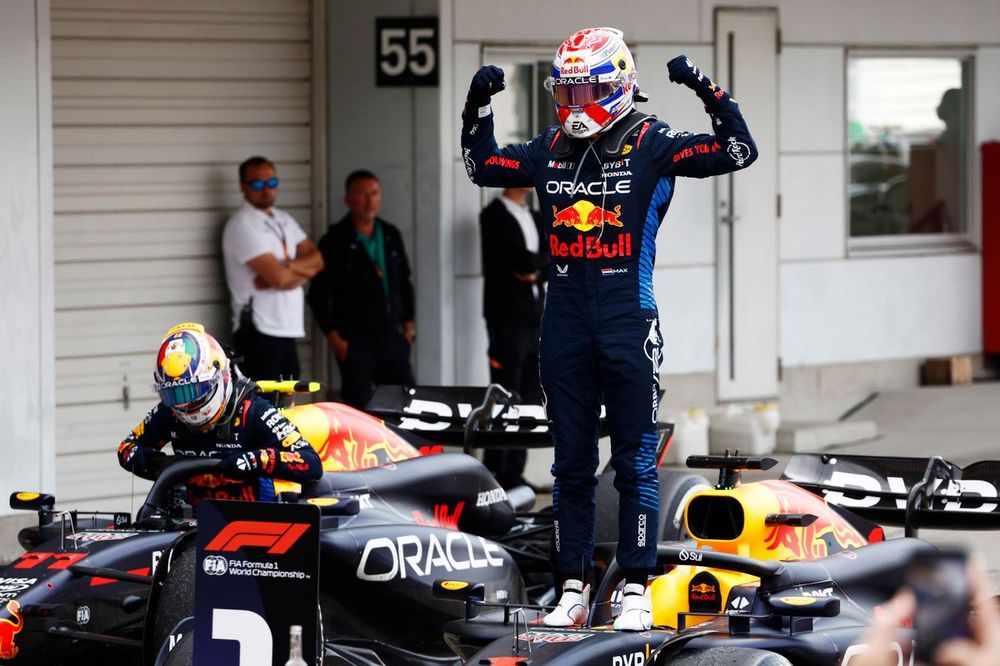Max Verstappen faced uncertainties regarding his long-run form at the Japanese Grand Prix due to struggles in finding the ideal setup for Suzuka’s high-degradation track during practice sessions. Despite some improvements made after a troubled long run in Free Practice 3 (FP3), Verstappen and the team remained uncertain about having everything sorted out.
The race day further complicated matters with rising temperatures, putting additional emphasis on tire management. However, a breakthrough occurred during the red flag period triggered by Daniel Ricciardo and Alex Albon’s crash. Red Bull seized the opportunity to make set-up changes to Verstappen’s car, rectifying potential overreactions to the FP3 uncertainties.
These adjustments, coupled with fine-tuning by Verstappen and his engineer during their first pit stop, resulted in significant improvements throughout the race. Red Bull team principal Christian Horner attributed the car’s enhanced performance to a combination of temperature conditions and beneficial set-up changes.

Helmut Marko, Red Bull’s motorsport advisor, highlighted the challenges of the weekend, including the need to comprehend a new upgrade package alongside a truncated practice schedule. Despite these difficulties, the team made the right adjustments, particularly with the front wing, adapting to changing track conditions.
Marko emphasized Verstappen’s expertise in race situations, stating that the Dutch driver only needs a functional car to contend for the victory. Regarding the set-up changes during the red flag, Marko praised Verstappen’s experience and collaboration with his race engineer, noting their ability to make the right decisions based on data and Verstappen’s preferences.
The Japanese Grand Prix presented significant challenges for Red Bull, but they effectively navigated through them with strategic adjustments and Verstappen’s adeptness in race scenarios. The successful adaptation to changing conditions and the team’s ability to fine-tune the car during the race contributed to Verstappen’s strong performance, showcasing their resilience and expertise in Formula 1 racing.

